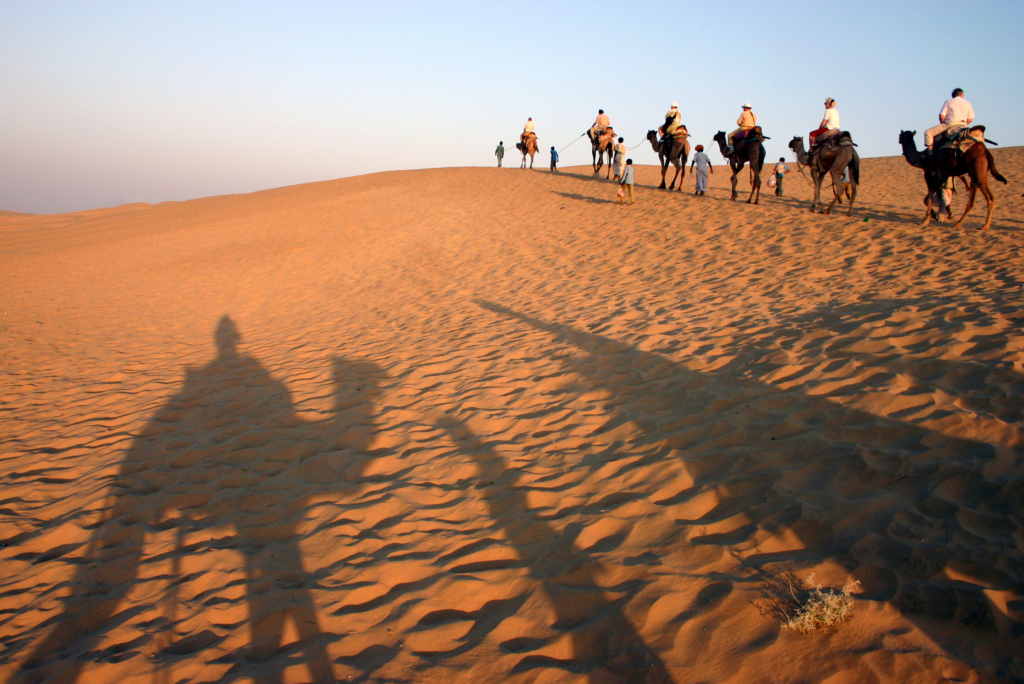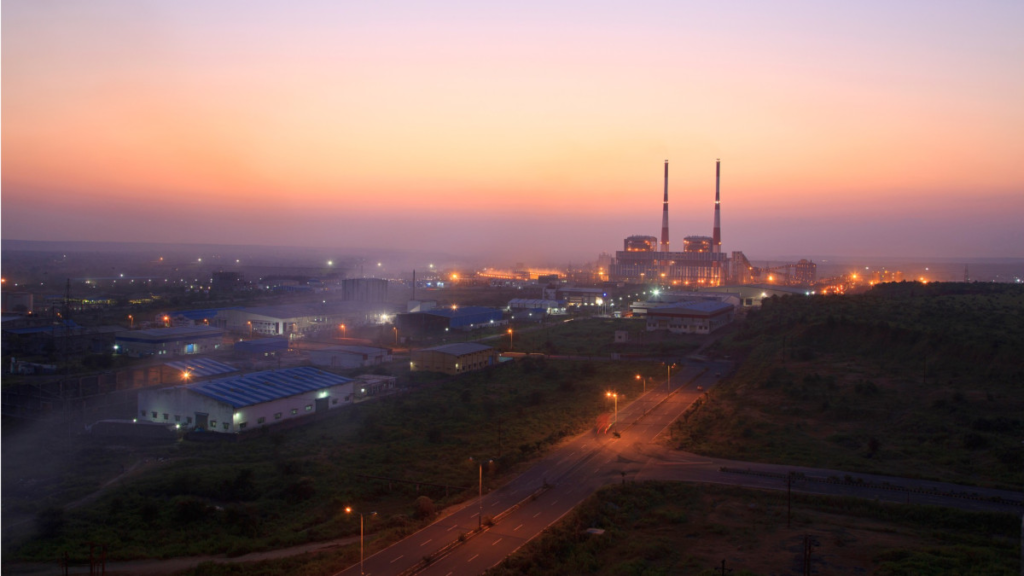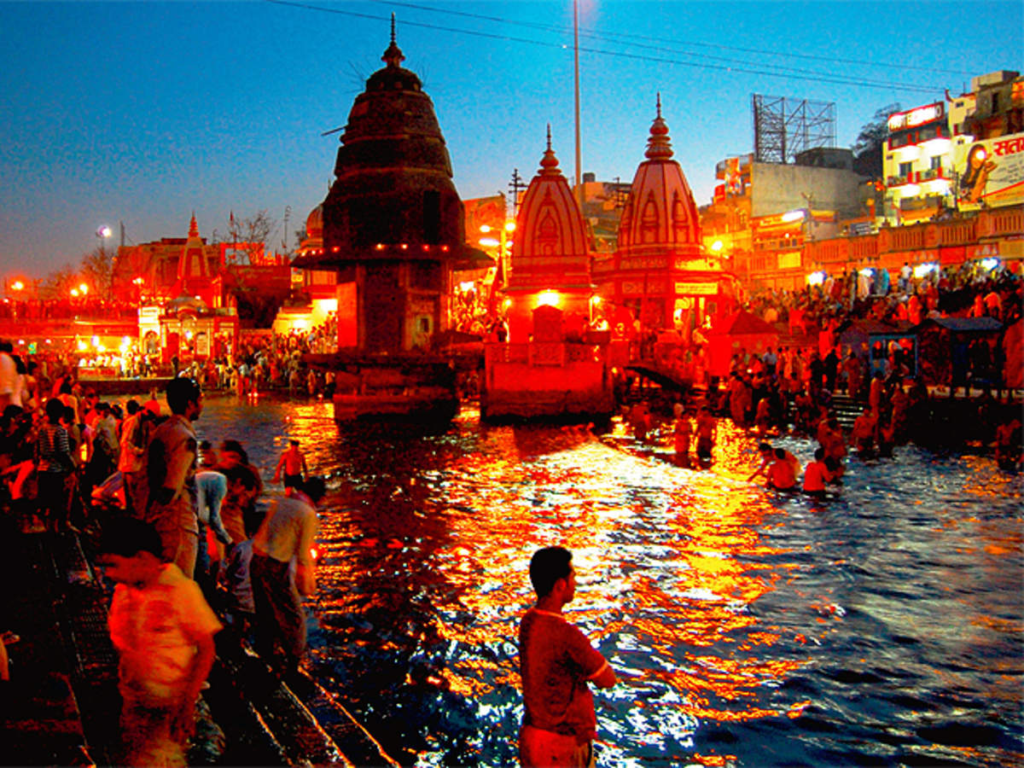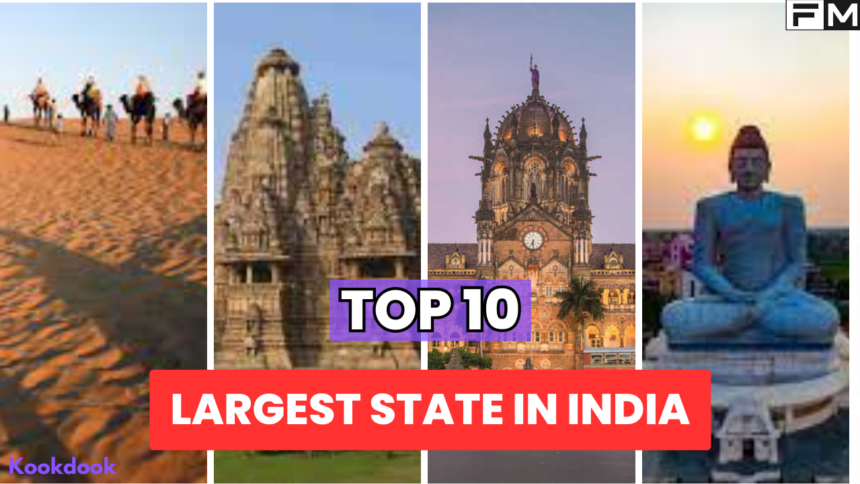According to the Constitution of India, the country is defined as a union of states. As of the latest available data in 2023, there are 28 States and 8 Union Territories in India. These states and territories possess diverse characteristics, including variations in their area coverage, population, physical features, and climatic conditions, each contributing to India’s rich cultural and geographical diversity.
The governance structure is such that states are administered by Chief Ministers, who are elected representatives responsible for the day-to-day governance of their respective states. On the other hand, Union Territories are governed by the Lieutenant Governors, who act as representatives of the President of India and have authority over the territories’ affairs.
1. Rajasthan: The Largest State

Rajasthan, with its vast expanse of 342,239 square kilometers, proudly holds the distinction of being the largest state in India. Boasting a population of approximately 6.85 crore people, it is a land of vibrant culture and history. Jaipur, the Pink City, serves as its capital, showcasing a perfect blend of tradition and modernity. The state’s literacy rate stands at 66.11%, highlighting its efforts to improve education and empower its people.
2. Madhya Pradesh: The Heart of India

Covering a sprawling area of 308,252 square kilometers, Madhya Pradesh is rightly called the Heart of India. With a population of around 7.25 crore, it is a state that celebrates its rich heritage and natural beauty. Bhopal, the capital city, bears testimony to its cultural diversity and historical significance. The state’s literacy rate of 69.72% reflects its commitment to nurturing knowledge and learning.
3. Maharashtra: Land of Opportunities

Maharashtra, spanning 307,713 square kilometers, is a land of limitless opportunities and ambitions. With a staggering population of about 11.23 crore, it stands as the powerhouse of commerce and culture. Mumbai, the bustling metropolis, serves as its capital, epitomizing the essence of modern India. Maharashtra boasts an impressive literacy rate of 82.91%, showcasing the importance it places on education and intellectual growth.
4. Uttar Pradesh: The Land of Diversity

Encompassing 236,286 square kilometers, Uttar Pradesh stands as a testament to the rich diversity of India. With an astounding population of approximately 19.95 crore, it is the most populous state in the country. Lucknow, the City of Nawabs, serves as its capital, reflecting its historical grandeur. The state’s literacy rate of 69.72% signifies its ongoing efforts to spread knowledge and enlightenment.
5. Gujarat: Cradle of Entrepreneurship

The state of Gujarat, spanning 196,244 square kilometers, is celebrated as the Cradle of Entrepreneurship. With a population of about 6.04 crore, it is a land of innovation and industriousness. Gandhinagar, its capital, radiates a sense of modernity and progress. Gujarat takes pride in its literacy rate of 78.03%, underlining its commitment to fostering a knowledgeable society.
6. Karnataka: Silicon Valley of India

Encompassing an area of 191,791 square kilometers, Karnataka is rightly called the Silicon Valley of India. With a population of approximately 6.1 crore, it is a hub of technological advancements and intellectual brilliance. Bangalore, its capital, epitomizes the spirit of innovation and modernization. Karnataka’s literacy rate of 75.60% showcases its dedication to empowering its people through education.
7. Andhra Pradesh: Land of Rich Heritage

Covering the same area as Karnataka, 191,791 square kilometers, Andhra Pradesh is a land steeped in rich heritage and cultural splendor. With a population of about 8.46 crore, it embraces its historical legacy with pride. Hyderabad, the City of Pearls, serves as its capital, blending the old-world charm with contemporary vibrancy. The state’s literacy rate of 67.02% highlights its continuous efforts to promote education and awareness.
8. Odisha: Gateway to the East

With a land area of 155,707 square kilometers, Odisha stands as the Gateway to the East. Home to approximately 4.19 crore people, it is a state with a unique blend of ancient traditions and modern outlook. Bhubaneswar, the Temple City, serves as its capital, reflecting its spiritual essence. The state’s literacy rate of 73.45% emphasizes its commitment to imparting knowledge and fostering intellectual growth.
9. Chhattisgarh: Land of Natural Wonders

Encompassing 136,034 square kilometers, Chhattisgarh is a land of natural wonders and picturesque landscapes. With a population of around 2.55 crore, it is a state that cherishes its pristine beauty. Raipur, its capital, exudes a sense of simplicity and warmth. The state’s literacy rate of 71.04% signifies its dedication to promoting education and empowering its people.
10. Tamil Nadu: Land of Temples and Tradition

Tamil Nadu, covering 130,058 square kilometers, is celebrated as the Land of Temples and Tradition. With a population of approximately 7.7 crore, it is a state that preserves its cultural heritage with great pride. Chennai, the cultural capital, serves as its vibrant heart. Tamil Nadu boasts an impressive literacy rate of 80.33%, reflecting its deep-rooted commitment to education and learning.
In conclusion, India’s diverse states, with their unique characteristics and contributions, form the rich tapestry of the nation. Each state’s distinctive culture, history, and development efforts shape India’s identity and progress on the path to a brighter future.






